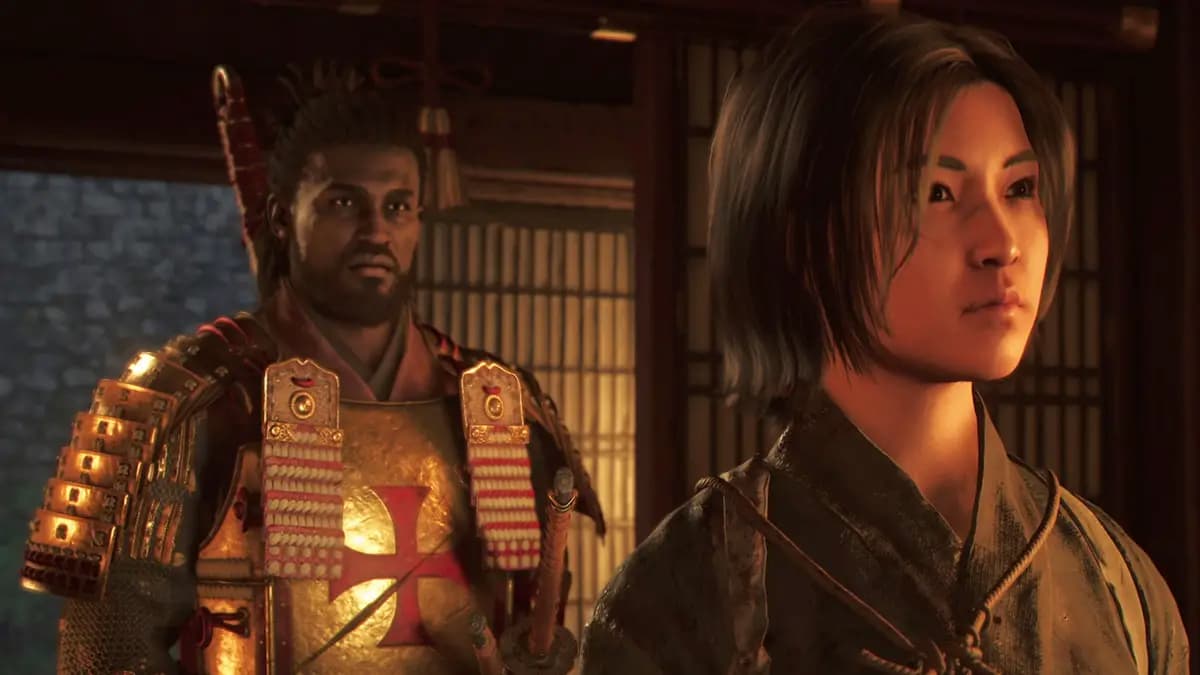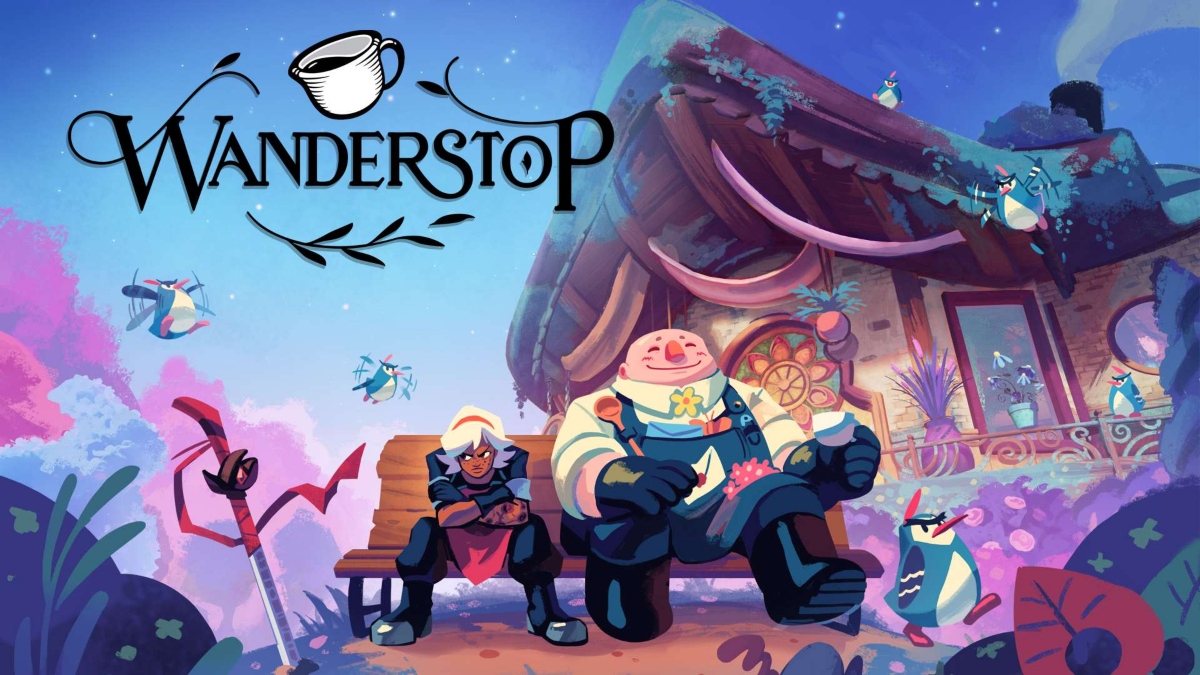Guild Wars 2 has finally managed to bring a real sense of adventure and exploration to the MMO genre. While it’s not quite a revolution, the game is actually a more subtle evolution than an outright reinvention. Much of the typical trappings are present, but what the developers have done is take a very close examination of all the little details. A design principle of “How could this be done better?” runs throughout the entire experience, and that commitment to advancement creates some fundamental changes in traditional MMO genre mechanics. The result is a game that manages to be familiar and accessible while still retaining a sense of wonder and freshness.
Guild Wars 2 takes place around 250 years after the events of the first game and its expansions. It’s pretty much your standard high fantasy story: Elder dragons are awakening and the races need to set aside their differences and work together to stop them. What does add an extra layer of interest is that this simply isn’t all expositional backstory. Guild Wars 2 offers several races to choose from, some of which, like the Charr, were antagonists in the previous game.
The character creation strikes a nice balance between style and excessive minutia. Between the five races, eight professions and other customization options, you’ll definitely be able to create someone to suit your style. In addition to the usual character creation, every player will also make decisions about their character’s personal story. The character story gives you a nice grounded window to the wider narrative of the races working together by focusing your personal unification efforts on a fractured adventuring party, and you’ll see this through cut scenes, instanced zones and dungeons.
The Guild Wars 2‘s best aspects are how it fosters an environment of teamwork and how the game constantly rewards your time in the world. While other games have dabbled with dynamic methods of cooperative play, Guild Wars 2 manages it in one swoop with the complete removal of enemy kill tagging or ownership. Everyone that deals damage and assists in defeating an enemy is rewarded with experience and a chance for loot. This seemingly subtle change opens up the floodgates for players to actually help each other out. Seeing a group of players engage a champion monster is an opportunity to jump in and assist them, instead of a regret of not being the first to attack it.
Quests have also been rethought to be events and tasks that you’ll find by exploring Tyria, as if it was more like an actual place. Rather than a farmer asking you to dispatch 10 bandits, you’ll discover areas in the world with an NPC that needs your assistance with a number of tasks. For example, I might be able to collect research notes, tidy up the laboratory and recalibrate golems in addition to stamping out whatever the local monster problem is, but these all count towards completing the same “quest”, which are called Renown Regions in Guild Wars 2. It also shifts the focus from being told directly where to go by quests and frees you up to explore the world. Quests and events can even chain and impact the world. This breathes some much needed excitement into the genre, and further encourages ad hoc groups of players to continue running around with each other.
The game also has an excellent ability to feel like it’s valuing the time you spend with it and rewarding you for more than just killing monsters to collect loot and XP. Nearly every action will gain you experience, from crafting to reviving other players to just exploring the world. I had fun spending almost an hour tracking down all the little points of interest and cinematic views in the human capital and getting to 100% in an area will net you an additional big chunk of experience and some nice loot. For the truly adventurous explorers, there are even secret areas filled with traps, puzzles and platforming to discover. The game also manages to keep playtime feeling valued in smaller ways. For example, you can deposit all your collected crafting materials into their own pre-sorted section of your bank from anywhere in the world.
If personal glory is more your thing than saving the world, much like its predecessor, Guild Wars 2 is also heavy invested in PvP gameplay and in making that gameplay accessible from the get-go. The original Guild Wars had you create separate characters for roleplaying and PvP, but that’s all been rolled together for Guild Wars 2. This is accomplished with scaling based on which type of PvP you want to participate in. Structured PvP boosts everyone to an even playing field, ensuring that a player’s skill becomes the deciding factor. World vs World PvP has 3 servers vying for control of the same resources and structures, and your stats will be scaled to max level while still only retaining your unlocked abilities.
Similar to the original, you’re going to be working with a limited number of skills in combat, only 10 in total. Your first five skills are dictated by the weapons you’re currently equipping, and the rest are your healing, utility and elite skill slots. These later skills, along with trait points that you receive for leveling up, are where character customization comes in, but it also causes a problem. You’ll unlock all of the weapon skills rather quickly, and by around level 30 or so, you’ve probably unlocked most if not all of the other skills you were interested in. This creates a huge stretch where seldom is anything new introduced to your character’s proficiency. Technically you still accrue talent points, but these are largely passive bonuses.
My other issue is that the game will get rather bogged down and laggy with a large number of players fighting on screen, and since the game so actively encourages teamwork, expect to see it frequently around big events and World vs World sieges. Even with the settings optimized for best performance I would still struggle at times. Unless it gets particularly bad though, the stuttering was not enough to diminish the enjoyment of, say, laying siege to a gatehouse with a big group of players, and most of the time the game handles smoothly.
This last point is likely to be the big point of contention for a lot of people when it comes to Guild Wars 2, but the simplest way to put it is that Guild Wars 2 isn’t a weeknight raider. There isn’t that traditional endgame that a lot of people have come to expect, and it does more or less come to an end. There is still plenty of replay in PVP. There are also legendary items to create, you can continue to run dungeons and, in theory, the whole world can become new content through level scaling. When a high-level character enters a low-level zone, they actually get scaled down so everything still presents a challenge, but you’re still rewarded based on your actual level. There is even something to be said about the game not having a subscription cost. If you’re unable to login to the game for an extended time, there isn’t that feeling of missing out, and Guild Wars 2 still feels like money well spent.
The MMO industry has been tirelessly chasing the coat tails of a certain game, attempting to capitalize on being the same formula but with something like better storytelling or PVP. In a fresh contrast, the developers behind Guild Wars 2 have taken the time to truly examine the MMO from the ground up. Guild Wars 2 may not completely revolutionize the genre, but it certainly appears to be the new standard that future MMOs will look to.
Bottom Line: The sense of adventure, teamwork and exploration in an MMO has never been better.
Recommendation: If you’re at all a fan of MMOs, you should be checking out Guild Wars 2.
[rating=4.5]
Game: Guild Wars 2
Genre: RPG
Developer: ArenaNet
Publisher: NCsoft
Platform(s): PC
Available from: Amazon(US), GameStop(US)Play.com(UK)













Published: Sep 29, 2012 12:00 AM UTC